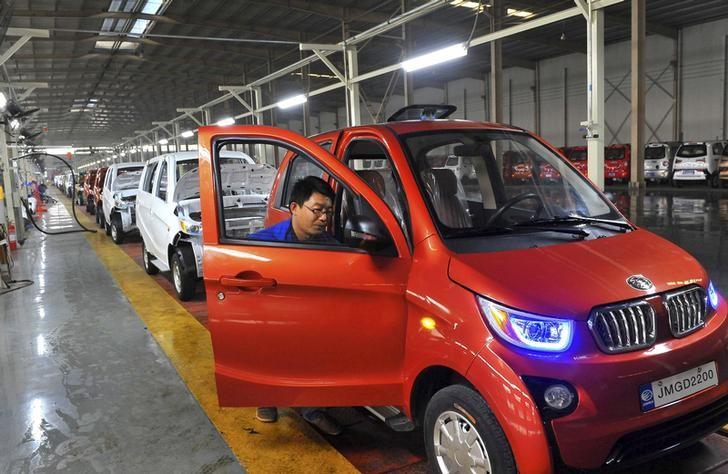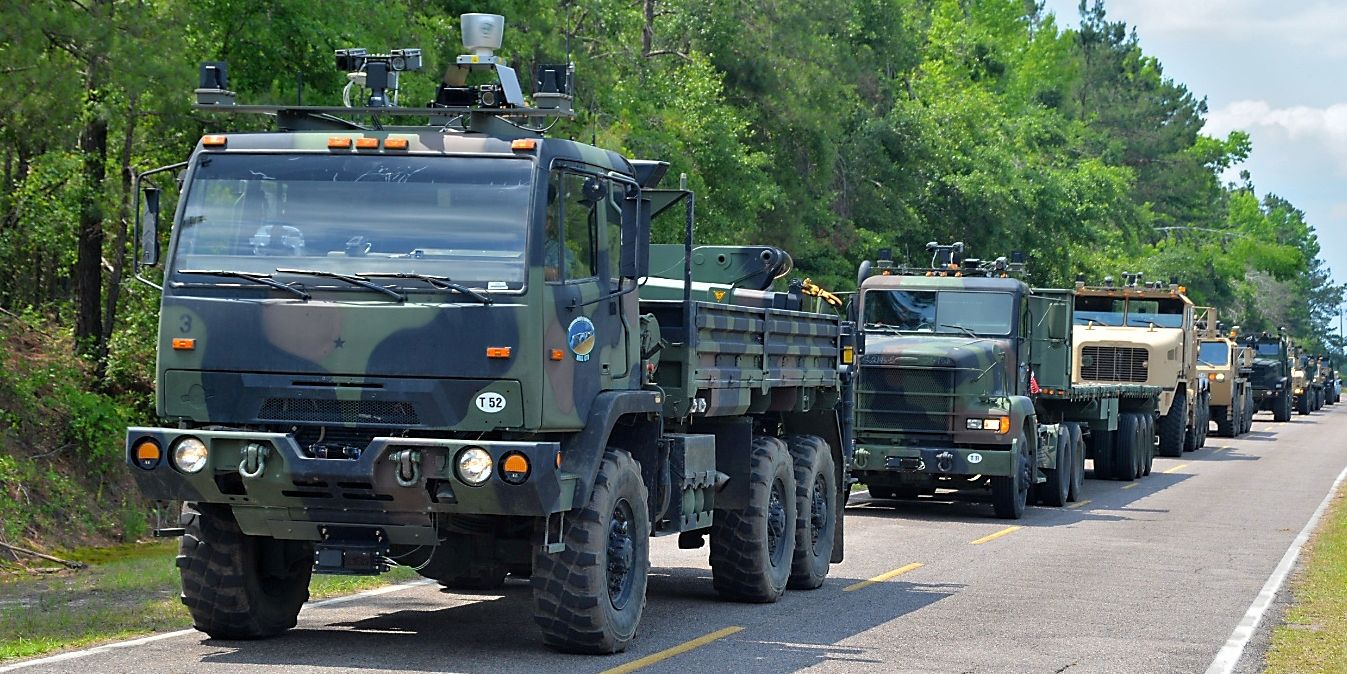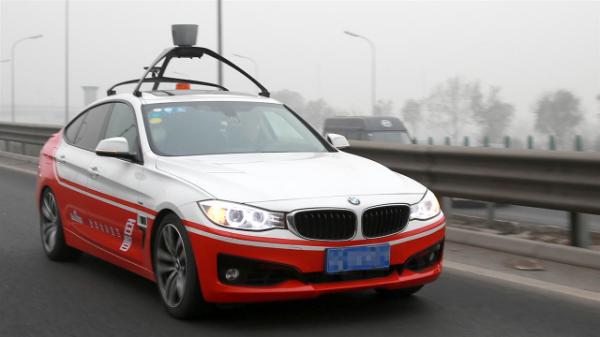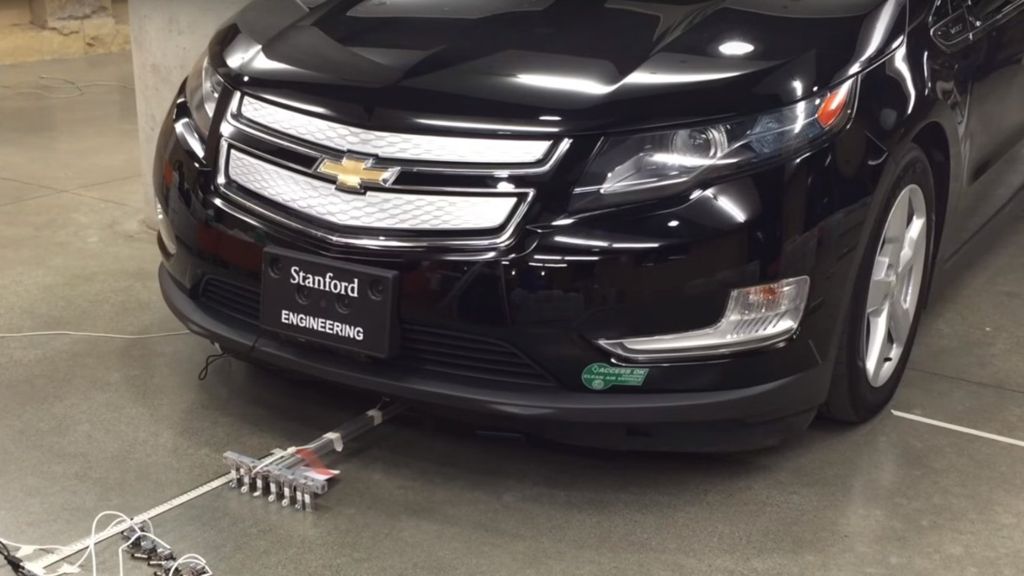Airless tires.
#Airless_tires are the next generation of tires waiting to take over the world. Recently, #Hankook_iFlex_tire underwent a series of high speed tests and that has helped us take a step closer to a future where tires without air would become a reality. It was company’s fifth attempt at launching #airless_tires into the market. Why is the company trying to do so and that too this religiously? Because of the multiple benefits that this gadget brings in comparison to the traditional tires.
#Hankook’s tire is far more energy efficient and can be recycled as well. The material that has been used by Hankook allows the company to reduce the production steps into half as compared to a conventional tire.
The #iFlex went through tests in five different categories; slalom, stability, hardness, durability and speed. An electric car was used for the tests and the team was able to get 130km/h from it without causing any damage to the tires. The iFlex was also able to match performance of any conventional tire during all these tests. The company has, so far, not released any more details of the tests though.
The #airless_tire is still in testing phase, however, one can’t deny that these tires offer a much better future. These tires do not pick up punctures and are also able to cut down on emissions during production and subsequent recycling.




